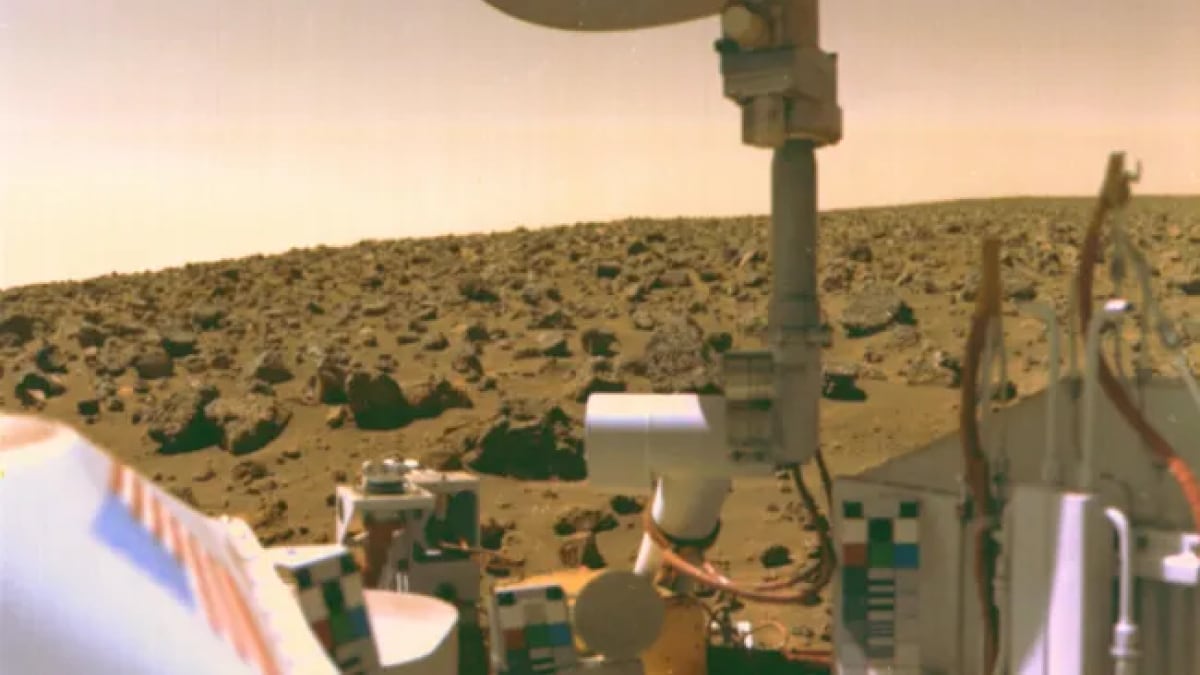
In 1975, NASA’s Viking programme made history when its twin landers became the first American spacecraft to successfully reach the surface of Mars. These landers conducted pioneering experiments, collecting and analysing Martian soil samples for over six years in a quest to determine whether microbial life existed on the Red Planet. However, a provocative new theory suggests that the very methods used in these experiments may have unintentionally killed potential life on Mars.
Life Detection Methods Under Scrutiny
Dirk Schulze-Makuch, an astrobiologist at the Technische Universität Berlin, has proposed that the Viking experiments might have encountered Martian microbes but destroyed them by introducing liquid water. In a commentary published in Nature Astronomy, Schulze-Makuch argued that Mars’ hyperarid environment, drier than Earth’s Atacama Desert, likely harbours lifeforms adapted to extract moisture from salts in the atmosphere. These organisms, if present, could be fatally overwhelmed by the addition of liquid water, as used in the Viking experiments.
Misguided Assumptions About Water
The Viking programme assumed that Martian life, like life on Earth, would depend on liquid water. The experiments added water and nutrients to the soil samples, monitoring for metabolic reactions. While initial results showed potential microbial activity, they were later dismissed as inconclusive. Schulze-Makuch believes these findings might instead indicate the destruction of lifeforms adapted to Mars’ arid conditions. He has suggested adopting a “follow the salts” strategy, which focuses on detecting organisms thriving in salt-driven moisture environments.
Shifting the Search for Life
Highlighting parallels with Earth’s deserts, Schulze-Makuch pointed to evidence of microbes in salt-rich regions surviving through a process called deliquescence, where salts absorb moisture to create brines. His proposal calls for multiple life-detection methods, including AI-assisted motility analysis and advanced microscopes, to avoid relying on water-based assumptions.
This theory challenges NASA’s longstanding approach of searching for water as the key to extraterrestrial life, urging a broader exploration strategy. While controversial, it opens a critical discussion about refining techniques to uncover life on Mars.



